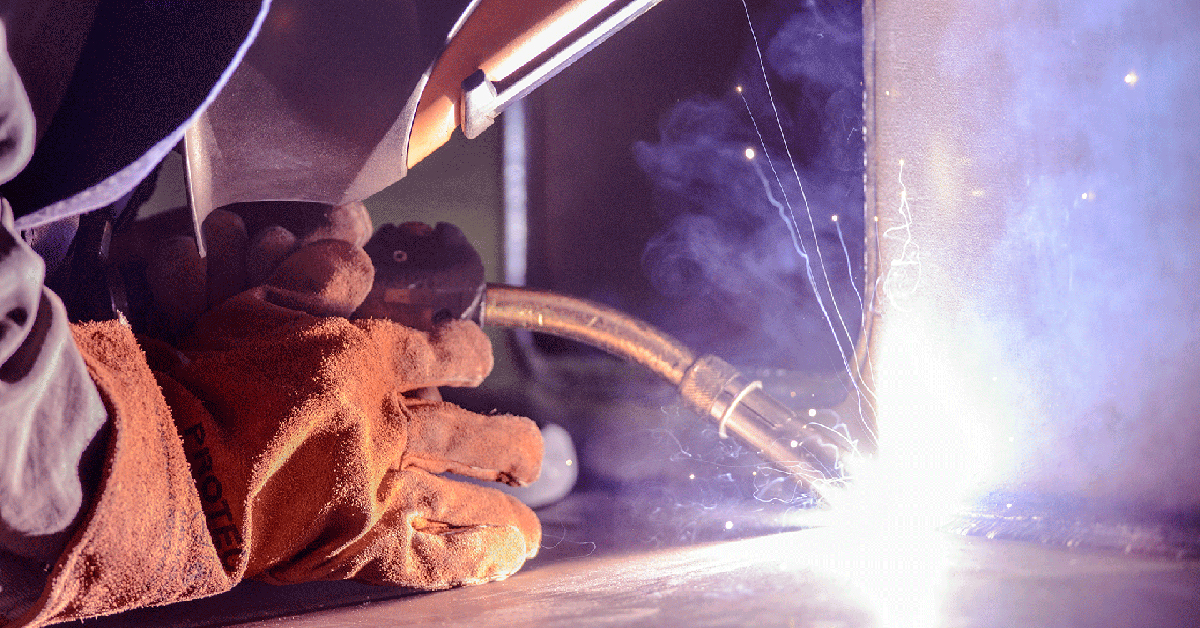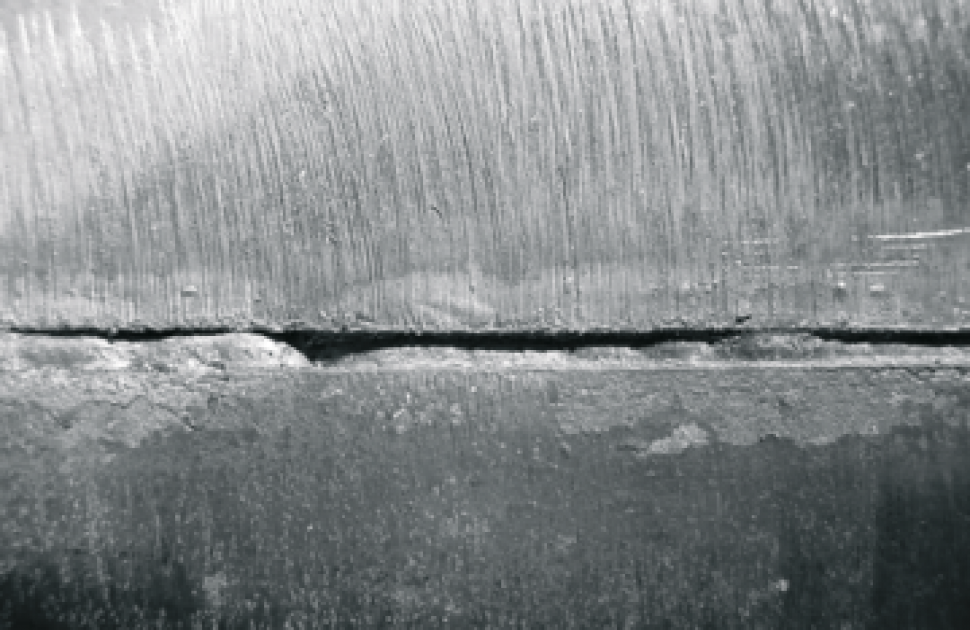Specialist Techniques for Preventing Weld Undercut Successfully
Specialist Techniques for Preventing Weld Undercut Successfully
Blog Article
Crucial Tips for Welders: Stopping Undercut Welding and Ensuring Stronger Weld Joints
In the world of welding, attaining solid and long lasting weld joints is the cornerstone of producing high-quality job. One typical difficulty that welders frequently encounter is undercut welding, which can endanger the honesty of the weld joint.

Understanding Undercut Welding
Undercut welding is an usual welding problem that occurs when the weld metal stops working to properly fill up the groove and results in a groove-like clinical depression along the weld grain. This flaw weakens the weld joint, making it prone to splitting and failing under stress. Damaging can be triggered by different aspects, consisting of extreme welding existing, high welding rate, incorrect electrode angle, incorrect electrode size, and inadequate welding technique.
One of the major reasons for undercut welding is an inequality between the welding present and the welding rate. If the welding current is too expensive or the welding speed is also quickly, the weld metal may not properly load the groove, resulting in damaging. In addition, using an electrode that is too huge can result in a similar outcome, as the excess steel can not correctly move into the groove.
To avoid undercut welding, welders ought to ensure they are utilizing the right welding criteria, keep a suitable electrode angle, pick the proper electrode dimension, and technique correct welding strategies. By addressing these factors, welders can reduce the risk of undercutting and produce stronger, much more trustworthy weld joints.
Proper Welding Technique
Effective welding strategy plays a vital role in making sure the high quality and integrity of weld joints. One basic element of proper welding strategy is preserving the appropriate angle and distance in between the welding gun and the work surface.
Furthermore, a consistent and constant hand activity is vital for creating solid and resilient weld joints. Welders need to aim for smooth, consistent motions to ensure also distribution of the weld product. Proper control of the welding gun and filler material is additionally vital to accomplishing optimum penetration and blend.
Additionally, regulating the heat input and choosing the suitable welding criteria based on the material being bonded are crucial consider achieving top notch welds - Preventing weld undercut. Welders ought to comply with the advised settings supplied by welding treatment specifications and change them as needed based on the certain needs of the project. By grasping correct welding techniques, welders can considerably boost the toughness and reliability of their weld joints
Selecting the Right Electrode
Preserving the right angle and range in between the welding gun and the work surface is basic when thinking about the importance of picking the right electrode in welding applications. The option of electrode plays an important role in establishing the quality and strength of the weld joint. Electrodes are available in different kinds, each created for details objectives and products.
First of all, picking the ideal electrode size is crucial. Thinner electrodes appropriate for welding slim products, while thicker electrodes are much better for thicker products and greater warm applications. Matching the electrode size to the thickness of the workpiece helps achieve a well balanced weld.
Second of all, recognizing the product make-up of the electrode is essential. Various electrodes are created for welding certain products like steel, stainless-steel, light weight aluminum, or cast iron. Utilizing the right electrode product ensures excellent blend and minimizes the risk of issues in the weld.
Last but not least, taking into consideration the welding setting and method is essential when choosing the electrode kind. Certain electrodes are much better fit for above or vertical welding settings, while others work well for flat or horizontal placements. Choosing the ideal electrode based upon the welding technique boosts the general weld top quality and integrity.
Preparing the Base Steel
To make certain a successful welding process, what first actions should be taken when preparing the base metal for welding? Furthermore, any kind of existing weld material or deposit from previous welding ought to be eliminated to make certain a clean surface for the brand-new weld.

Conducting Post-Weld Examinations

After performing these analyses, welders should contrast the outcomes versus sector criteria and job demands to guarantee that the weld joint meets all needed standards. Any inconsistencies or insufficiencies discovered throughout the post-weld inspection must be quickly addressed via suitable rehabilitative steps to assure the weld's integrity. By carefully carrying out post-weld examinations and without delay attending to any concerns, welders can promote the quality and integrity of their job, eventually adding to the security and durability of the bonded frameworks.
Conclusion

Finally, protecting against undercut welding and making sure more powerful weld joints need a combination of proper welding strategy, picking the best electrode, preparing the base metal appropriately, and conducting post-weld assessments. By recognizing the reasons of undercut welding and implementing the necessary preventative measures, welders can produce high-grade weld joints that satisfy sector requirements and make certain the structural stability of the bonded components.
Undercut welding is a typical welding issue that takes place when the weld metal fails to effectively fill up the groove and results in a groove-like depression along the weld bead (Preventing weld undercut). Undercutting can be caused by numerous elements, including excessive welding existing, high welding rate, inappropriate electrode angle, inaccurate electrode size, and inadequate welding technique
One of the main reasons for undercut welding is a discrepancy between the welding existing and the welding speed. If the welding current is also high or the welding rate is too quickly, the weld steel may not sufficiently load the groove, leading to undercutting.Maintaining the appropriate angle and range in between the welding gun and the workpiece is fundamental when thinking about have a peek at this website the value of find more picking the appropriate electrode in welding applications.
Report this page